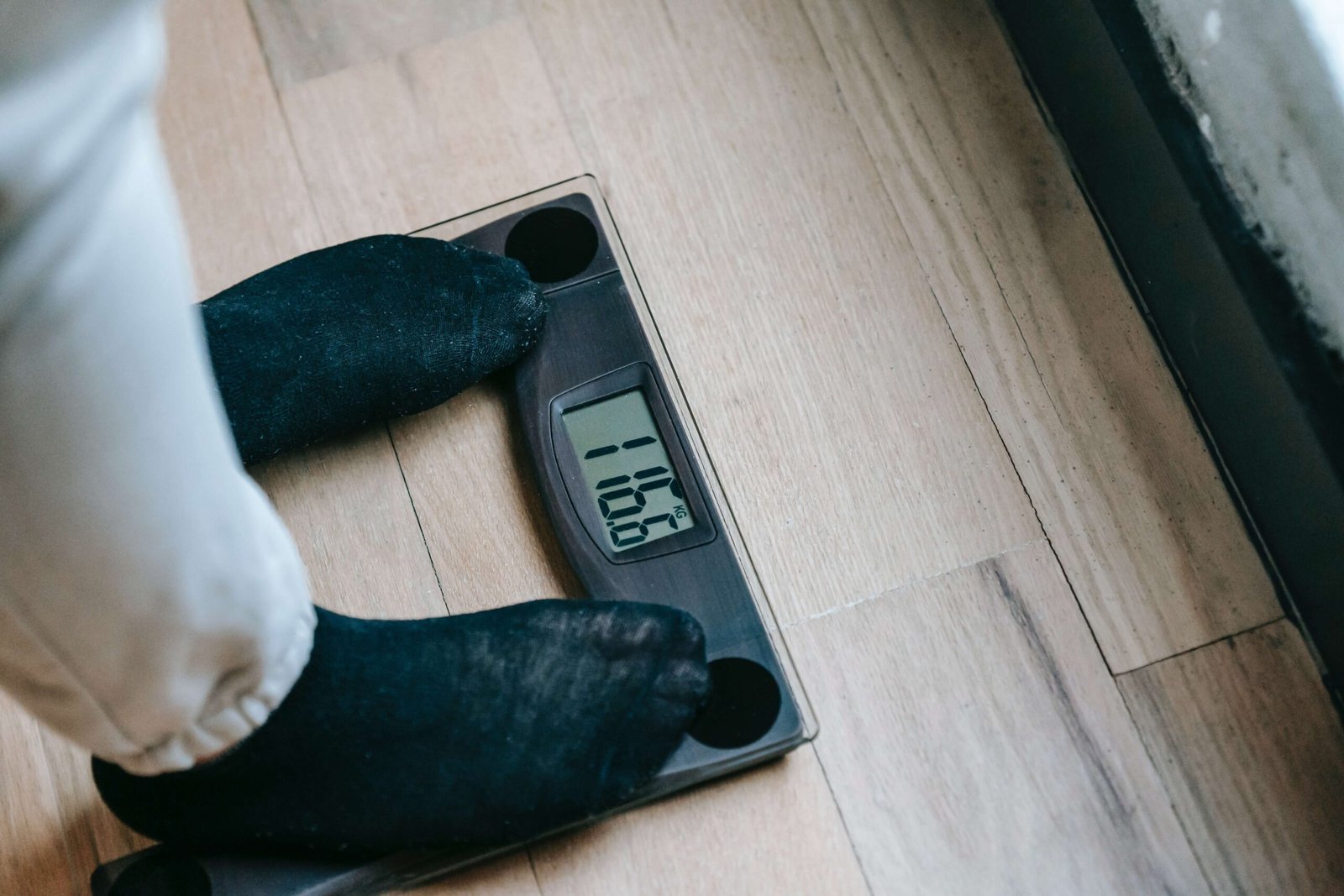10 Benefits of Bicycling for our health accompanied by safety tips
 Bicycling
Bicycling
Bicycling is a low-impact aerobic activity that provides a variety of benefits. Its intensity also varies, making it suitable for everyone. Cycling can be used as a mode of transportation, a recreational activity, or an intense, competitive sport.
Cycling is an excellent workout that will keep you active. It can help shape a healthy lifestyle both physically and mentally.
Find out how cycling can enhance your fitness level and well-being by reading on.
The 10 Benefits of Bicycling
1. Weight Control

Cycling improves weight management by lowering body fat levels, especially when done repeatedly and at high intensity. Furthermore, your metabolism will improve and you will gain muscle, which means you will burn more calories whether you are at rest or working.
2. Force of the Legs

It improves overall lower-body function and strengthens your leg muscles without overstretching them. It targets two muscle groups: your quads and glutes.
Do weightlifting exercises such as squats, leg presses, and lunges several times per week for seven days to strengthen your legs even more so that you can compose better while cycling.
3. It will appeal to beginners.
Biking is easy. If you have a problem with traditional bicycles, stationary bikes are a good alternative.
If you’re new to fitness or recovering from an illness or injury, you can cycle at a low intensity. You can increase the intensity or cycle at a slower pace depending on your fitness level.
4. CYCLING CAN IMPROVE YOUR RESISTANCE SYSTEM
This one is especially relevant due to the global Covid pandemic. One adult aged 10 to 85 years old were studied in a survey conducted by Dr. David Nieman and his colleagues at Appalachian State University.
Exercising had a significant impact on the health of the upper respiratory system, reducing the occurrence of colds.
According to Tim Noakes, a professor of consumption and sports science at the University of Cape Town, calm exercises improve our resistance system by increasing fundamental proteins and reactivating dormant white blood cells.
Why bike is best for you? You can cut the time it takes to commute to work by cycling, and you can avoid germ-infested buses and trains.
There is only one issue. According to studies, your resistance entity is reduced after intense exercises, such as interval training, but proper recovery, such as eating well and sleeping well, can help to reverse this.
5. Bicycling assists produce muscle

Cycles have a resistance component, which means they don’t just burn fat; they also build muscle, primarily in the glutes, hamstrings, quads, and calves. Despite being sedentary, the percentage of muscle you have determines how many calories you burn.
6. After cycling, you can like a moment Breakfast

If you choose to cycle to work, you’ll have a compelling reason to add a few guilt-free snacks to your day.
Given that a half-hour commute to work burns between 200 and 500 calories, you’ve been granted permission to eat a quick breakfast at your desk.
The vast majority of serious fat burners could hike without eating (fasting) in the mornings. However, that is primarily a nutter’s affair.
7. Bicyclists have better lung health.
Despite the current sense, this may appear contradictory to you. According to a recent study, bicyclists are exposed to fewer hazardous fumes than drivers.
A team from Kings College London and Camden Council fitted air pollution detectors to several users of a busy central London road.
Pollution levels were four times higher for the chauffeur than for cyclists, walkers, and bus passengers. To make a long story short, the cyclist won.
8. Cancer risk is reduced
Regular consumption and a healthy diet can lower your cancer risk. With increasing age, one’s fitness level also increases.
According to a study, you can lop your risk of developing heart disease by riding for just more than three hours each 7 days at a tempo of 10 to 12 mph. Extra consumption can additionally be beneficial.
9. A slower aging process:
Research has found that high-intensity cycling (and other high-intensity interval training) can lower cellular levels. A survey found that the public who did high-intensity consumption had an enhanced mitochondrial capacity. Deteriorated mitochondria can lead to physical degeneration, so if you preserve optimal mitochondrial function, you’ll be rejuvenated on a cellular level.
10. Stress Reduction
If you make your rides group rides, you can enjoy the social advantages of a team sport and have more excellent days.
Several tips
Bicycles are ideal for transportation or can be utilized for recreation any day, so you can cycle any day.
If you’re feeling sore, fatigued, or in pain, take a break. Consider thinking about delivering yourself 1 rotund day of rest per a period of 7 days if you trek for fitness.
When riding at a lofty intensity or receiving sores in particular ways, this is particularly important.



